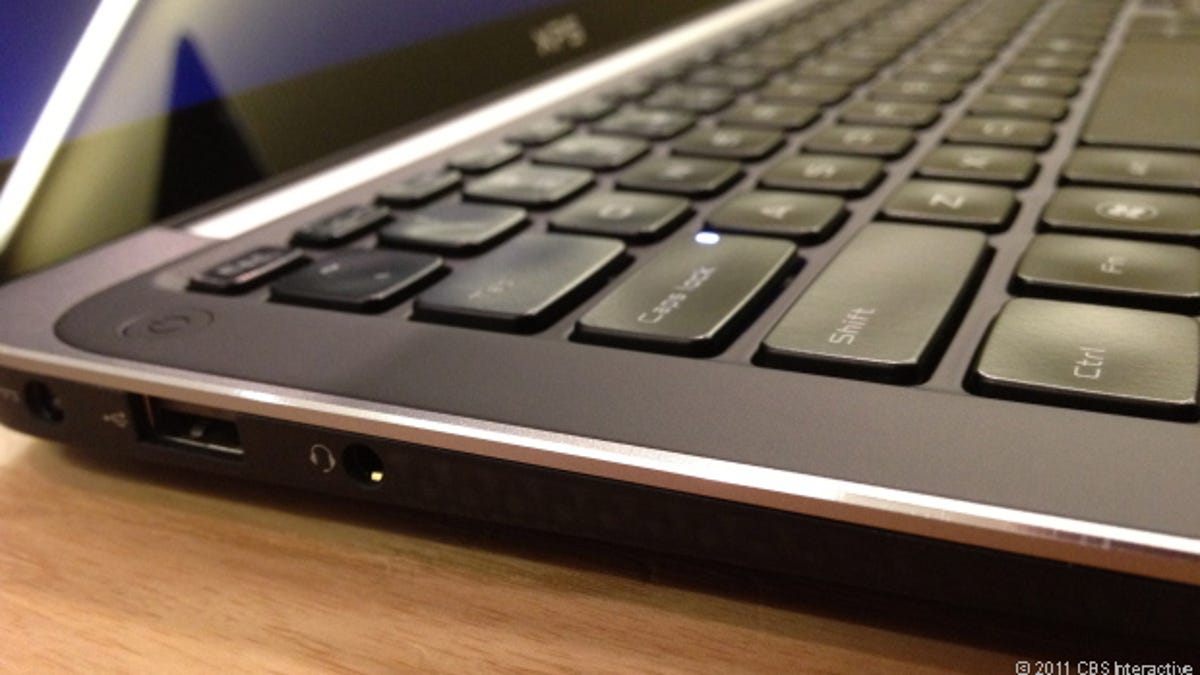The real-world road warrior test: 11-inch vs. 13-inch laptops
Two years, two CES shows--which size laptop worked out best for a week of live coverage?

There's no trial by fire for a laptop that matches a week in Las Vegas covering the annual CES show.
It's interesting to note that both members of CNET's laptop reviewing team brought ultraportable laptops (which usually have 11-inch, but sometimes 12-inch, displays) to CES 2011, and then 13-inch laptops to CES 2012. This wasn't preplanned, but it was enough of a coincidence that it's worth looking at the advantages and disadvantages we encountered from both laptop sizes.
It's a perfect stress test for laptops because this kind of work requires long battery life (especially when carrying a bulky power adapter would be inconvenient), a big enough screen to see, and a decent keyboard/touch pad combo for live-blogging, writing articles, and uploading photos.
The ultraportable test
For CES 2011, Dan took the 11-inch MacBook Air, while Scott used a 12-inch Lenovo IdeaPad U260. The 11-inch Air worked fine--its keyboard and trackpad were more than large and responsive enough for blogging, live coverage, and even uploading photos. The problem, however, was battery life. That system, the 2010 version, ran for 4 hours and 23 minutes in our battery drain test. During CES 2011, the real-world score seemed somewhat lower, thanks, in part, to frequent sleep and wake cycles; having to search for, and bounce between, different wireless networks all day; and running multiple apps and browser screens at the same time. Fortunately, finding a MacBook power adapter is usually pretty easy at CES, so the laptop was able to recharge on the fly when needed.
The IdeaPad U260 also worked well enough, but also had problems. While the screen real estate and keyboard were quite good--in fact, very ultrabook-like--the battery life suffered. It only lasted 2 hours and 42 minutes in our battery drain test, which was pitiful during an event like CES. The U260 made it through live-blogged events--barely--but we had to hunt for power outlets more often than not. Both the U260 and 11-inch MacBook Air lacked an SD card slot, which necessitated buying a last-minute SD card USB dongle at the JetBlue terminal.
Trading up for 2012
For 2012, we both decided to risk the larger footprint and heavier weight of 13-inch laptops to try and find the perfect CES system. Dan chose the 13-inch MacBook Air, while Scott, after toying with the idea of using the 11-inch Air, decided to try the new 13-inch HP Folio 13, a business-class ultrabook, a decision that literally went down to the morning of his flight; the Folio 13 won out by a hair.
The larger screen size was a factor, but even more so were battery life and port selection. The Folio's 6 hours of battery life bested that of the 11-inch Air's, and the Ethernet port and SD card slot were features well-appreciated in a mission-critical place like Vegas during CES, where Wi-Fi can be unreliable at best, requiring a hard line as backup.
The gamble paid off: the larger and bulkier Folio was still highly portable, and lasted a good chunk of the day without needing a power outlet. The backlit keyboard was also a plus (though the Air has a backlit keyboard, too), and the Folio's quick-start booting matched the best of any thin ultrabook-style laptop seen this year. Overall, it was simply a faster and far better machine than the U260.
The 13-inch MacBook Air was also deemed a winner. With a Labs-tested battery life of 6 hours and 46 minutes, it never ran out of juice during the day. The SD slot ended up being less important this year, now that so much on-the-fly photography is done via smartphone. The glass multitouch trackpad was a dream for switching between apps and windows on the fly, especially useful for quickly jumping between our content management system, live-blog tools, word processing, and Twitter.
Despite the bigger and heavier systems, we were both happier with our 2012 laptop choices than the 2011 ones for CES coverage. But we're not 100 percent there yet. A perfect trade-show system would have built-in mobile broadband, perhaps some kind of NFS for accessing photos on digital cameras or smartphones, and be even thinner and lighter. What would your perfect laptop for a weeklong work trip need? Let us know in the comments section below.
Watch us debate the perfect CES work laptop on this week's CNET Labscast video podcast.



